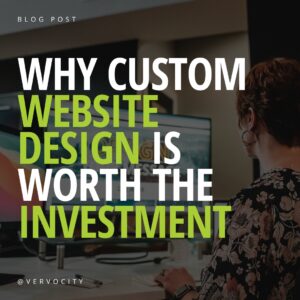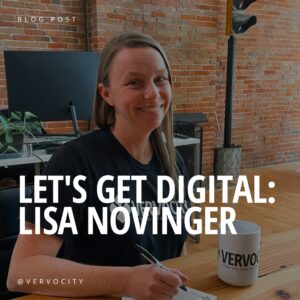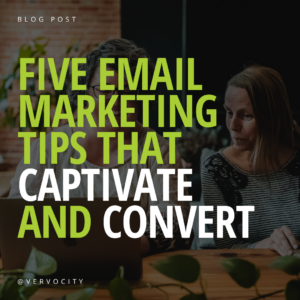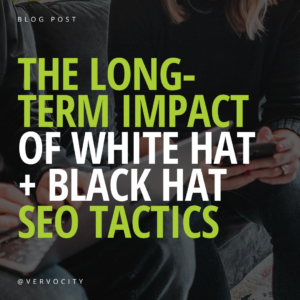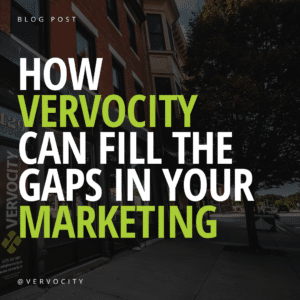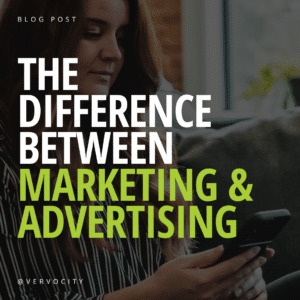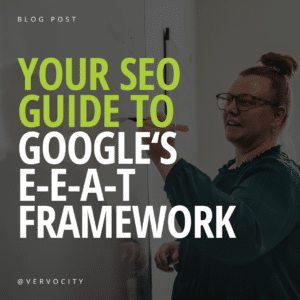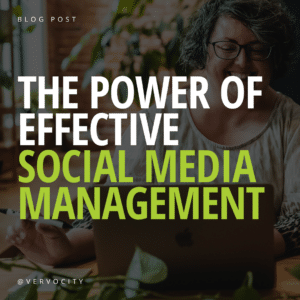Did you know that it took you approximately three seconds to read this sentence? That’s about the same amount of time you have to capture your audience’s attention.
In a world where goldfish reportedly have longer attention spans than humans, we need to rethink our approach to content creation.
In this blog, we dive into the concept of snackable content – bite-sized pieces of information that have taken over the digital world. So grab a cup of coffee (or your favorite snack), and get ready to discover how to satisfy your audience’s appetite for information.
What is snackable content?
Snackable content (also referred to as short-form content) is bite-sized content that can be digested quickly and easily. It is often visual, concise, and valuable to the audience it targets. It can include content like social media posts, infographics, or short videos that can be consumed in a matter of moments.
TikTok, for example, quickly gained popularity for its use of snackable content. Videos are created to capture attention in the first few seconds. The content is often short and follows some type of goal for the audience (education, entertainment, product promotion, etc.). It’s easy for people to consume a lot of this content without feeling overwhelmed by information.
Humans are visual creatures, and businesses have recognized the benefits of using snackable content in their marketing strategies. For one, it is fairly easy to create and doesn’t require much of a time commitment.
You’ve most likely noticed the increased popularity of Instagram stories for influencers and brands. According to Sked Social, 58% of Instagram users claim to have become more interested in a brand/product after seeing it in Stories (a form of snackable content). A further 50% of them say they have visited a website to buy a product/service as a result of seeing it in Stories.
Easily digestible, short-form content is everywhere. So how can your business leave your audience craving more?
Examples of snackable content
The first step in creating unique, short-form content is to identify your specific target audience. Remember, you’re creating content for your niche, not for every person on the internet. Identify the goal you want to accomplish and create content that works toward accomplishing that goal.
Here are a few tips to keep in mind while creating short-form content:
Keep it simple and straightforward
Use visuals to explain your message
Make sure it’s easy to share
Add a call-to-action to encourage engagement
Examples include:
Infographics: Visual representations that break down complex information or data into easy-to-understand charts, graphs, or other visual elements. Common uses include social media posts and within blog posts. Piktochart is a great tool for creating infographics.
Quote Graphics: Images with a brief, compelling quote overlaid. They can be highly shareable, particularly on platforms like Instagram and Pinterest. Use a tool like Canva for quote template ideas.
GIFs: Short, looping clips that can add humor or visual interest to your content. They can be used in blog posts, emails, or social media. Look for trending GIFs to use, or create your own using Giphy’s GIF Maker.

Memes: Humorous images or text that are rapidly shared and remixed across the internet. They can be a fun way to engage your audience, but they need to be used wisely to avoid seeming out of touch. Look for trending memes to share with your own spin, or create your own using a meme generator.
Short Videos: Short videos—such as those on Instagram, Facebook, Tiktok, Youtube Shorts, and Snapchat—are perfect examples of snackable content. They’re easily viewable on any device and can be highly engaging and shareable. You have about three to eight seconds to capture your audience’s attention before they move on to the next video.
Image Carousels: Share multiple images in a single post. Social media users typically scan content rather than reading it word-for-word. Keep your content clear, concise, and easy to read. Avoid using large blocks of text. Instead, create carousel posts with subheadings, spaces between lines, bullet points, and/or numbered lists.
Social Media Captions: Brief, engaging texts accompanying your Instagram, Facebook, or LinkedIn posts can be considered snackable content.
Podcast Highlights: While a full podcast may be long, individual segments or highlights can be used as short snippets of content to entice your audience into listening to the full episode.
Benefits of snackable content
While we talked a little bit about the benefits for businesses earlier in this post, we couldn’t let you leave without mentioning a few more.
1. Improved engagement: People are more likely to engage with snackable content than longer pieces since it’s easier to consume and share. Make sure you respond to comments left on your short-form content.
2. Higher retention rate: Increased engagement means that people are more likely to remember your brand and stay on your website or social media page for longer periods of time.
3. Cost-effective: Snackable content is typically less expensive and time-consuming to produce than longer pieces. It’s also an organic way to reach a large target audience.
4. Branding Opportunities: By leveraging consistent messaging and visual branding across your content, you can reinforce your brand identity and further strengthen your brand awareness.
Conclusion
Snackable content isn’t just a trend — it’s a powerful tool that can help businesses navigate the digital world and be a great addition to a marketing strategy. It’s easy to create, budget-friendly, and highly effective. Keep in mind that the key to creating snackable content is to deliver ideas and value quickly. For best results, make sure it aligns with your overall brand message and targets your specific audience.
Just getting started with a short-form content strategy? Vervocity can help! We create all types of content for all types of industries. Reach out to us or give us a call at (217) 222-1451 to get started.

